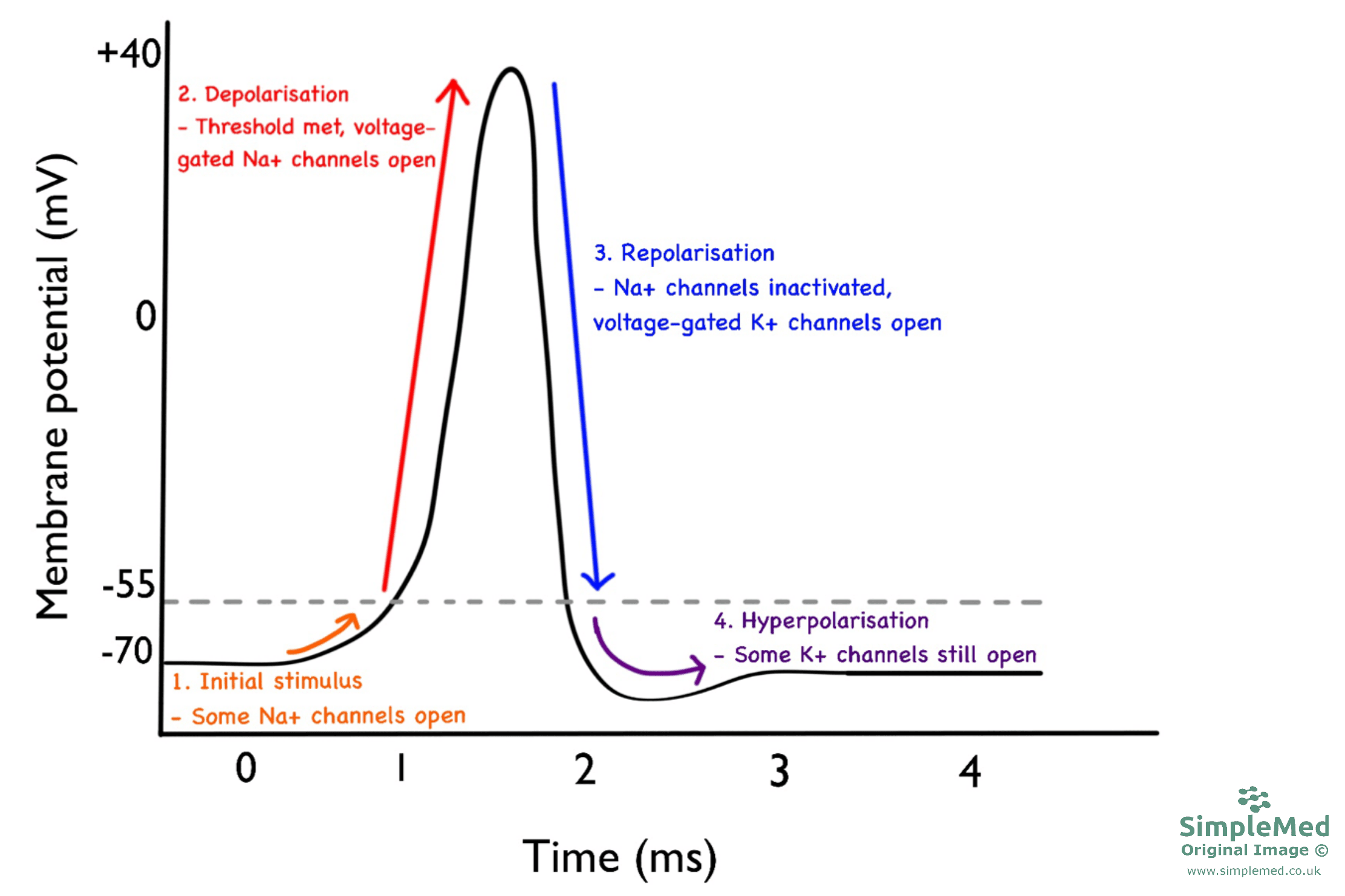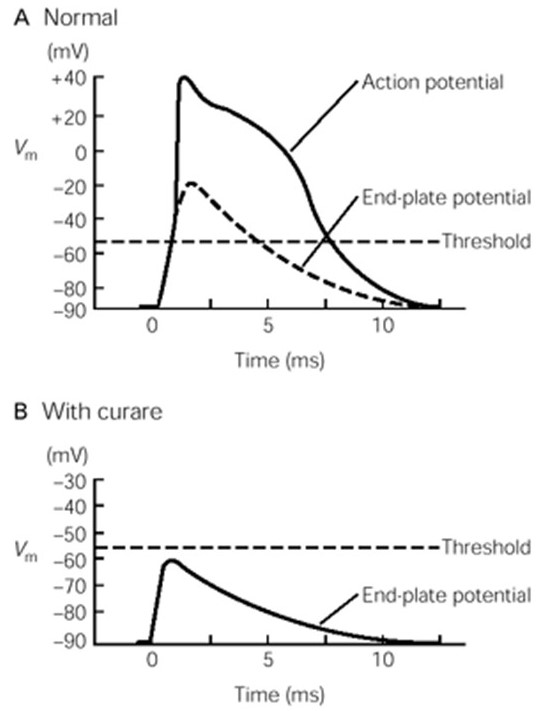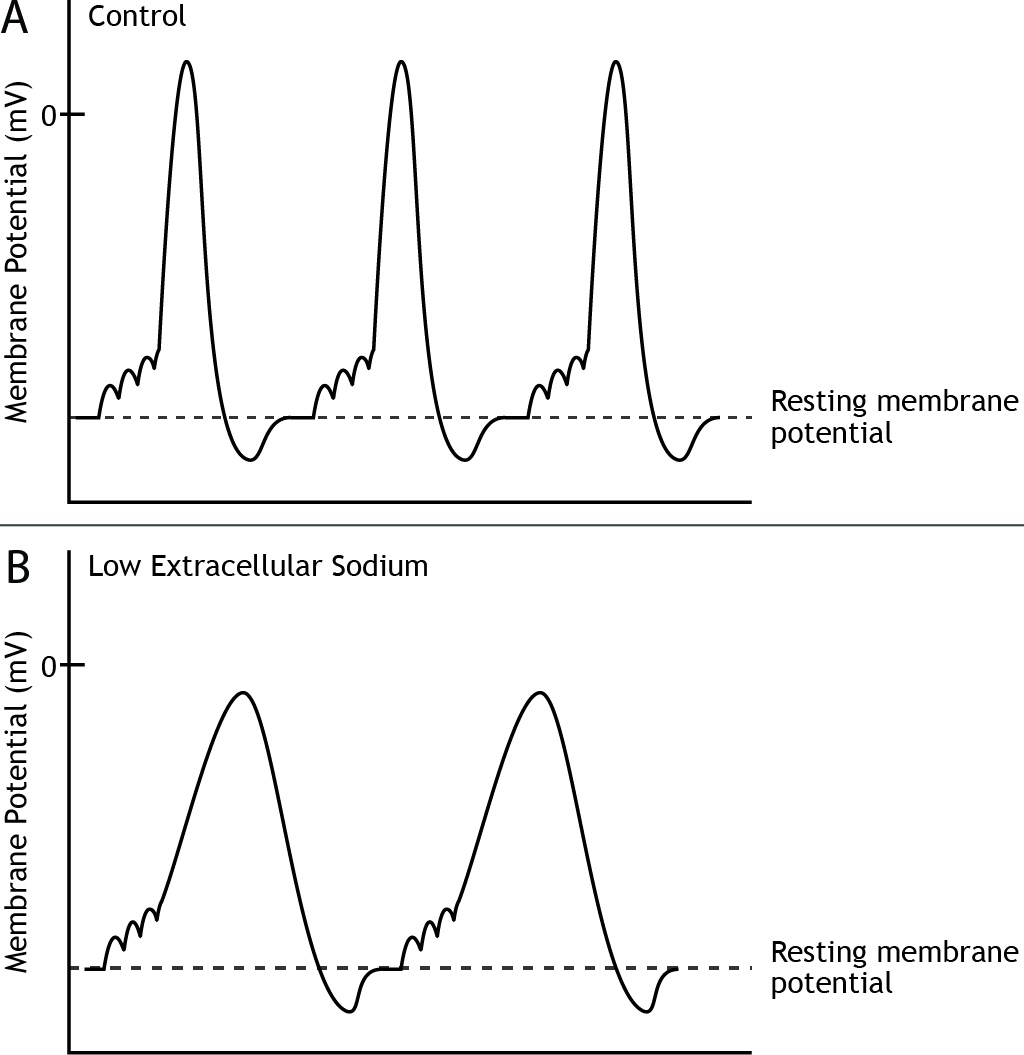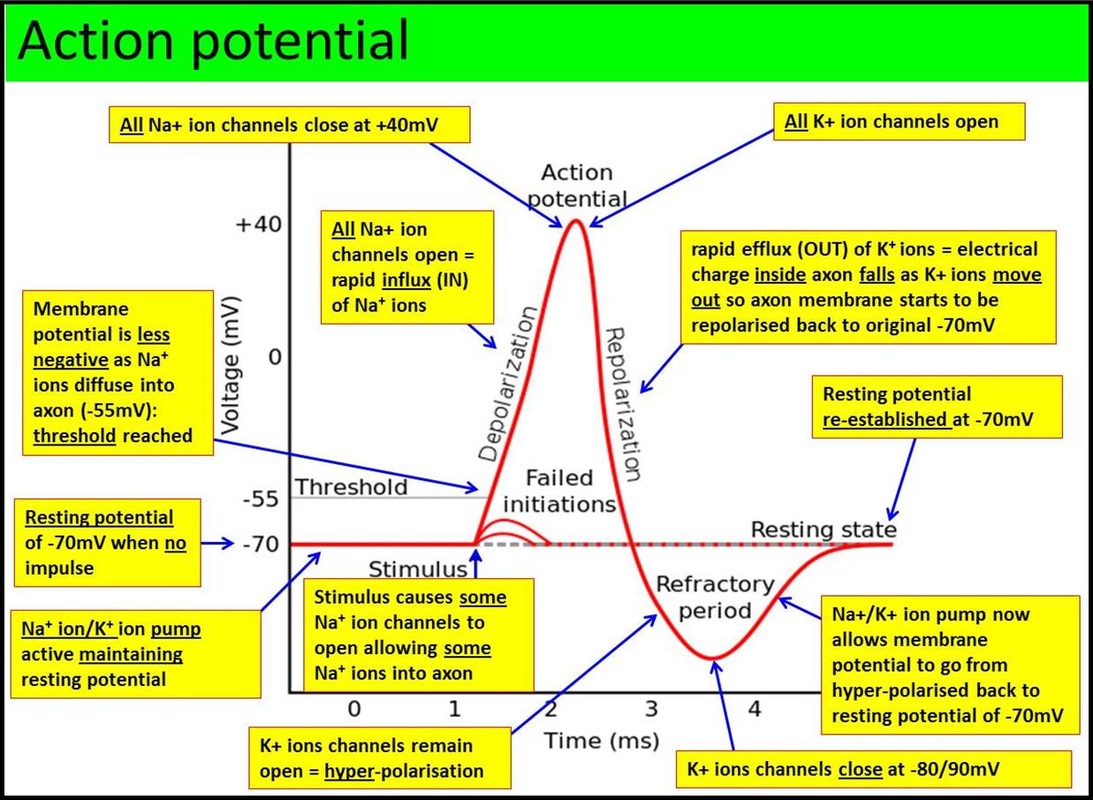Potential Response Contacts May Include All Except
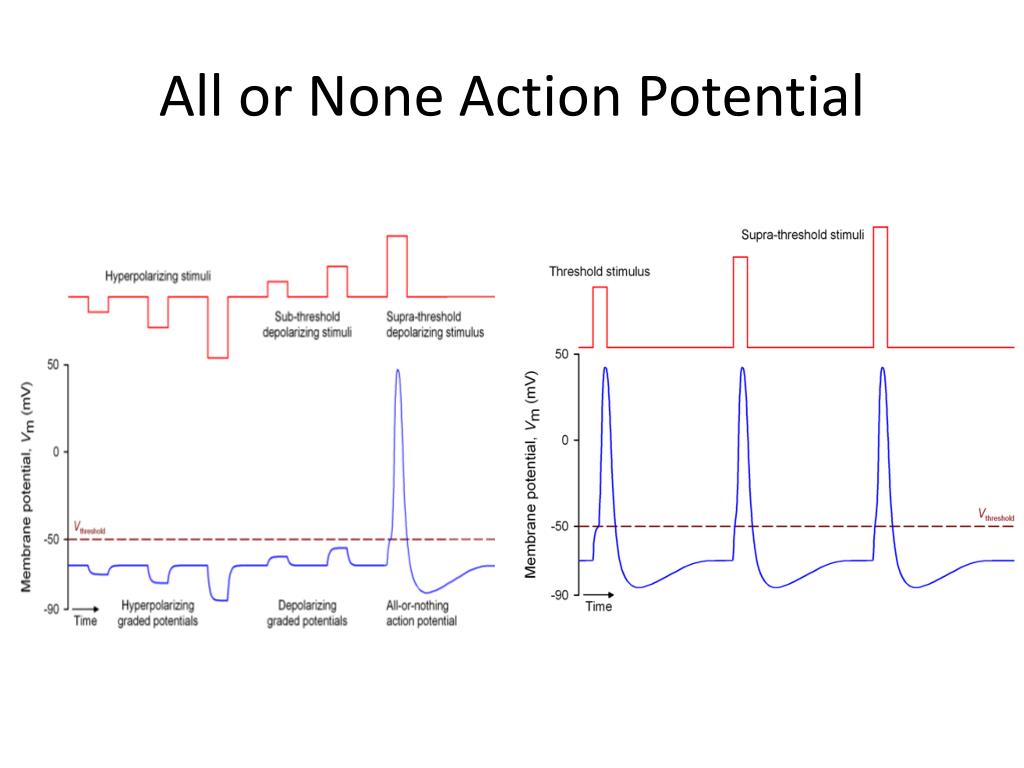
In emergency response, seconds can mean the difference between life and death. A growing debate centers on the often-overlooked question of who shouldn't be included in the initial contact list during a crisis. While the instinct is to cast a wide net, experts warn that indiscriminate inclusion can overwhelm communication channels, delay critical information, and ultimately hamper effective response efforts.
This article explores the complex considerations surrounding emergency contact protocols. It examines the potential pitfalls of overly inclusive lists, delves into best practices for targeted communication, and investigates strategies for ensuring the right information reaches the right people at the right time. Effective emergency response hinges on clear, concise, and prioritized communication; knowing who to exclude is as vital as knowing who to include.
The Perils of Over-Inclusion
The assumption that more contacts equal better communication is fundamentally flawed in crisis situations. When everyone is copied, no one truly receives the message; vital updates get lost in a sea of irrelevant notifications. This can lead to information overload, confusion, and delayed decision-making.
Resource constraints further exacerbate the problem. Emergency responders often operate under immense pressure, with limited time and resources; fielding inquiries from individuals who do not require immediate information diverts attention from critical tasks. The delay caused by sifting through unnecessary communications can be detrimental to the overall response.
Finally, broad distribution lists can compromise sensitive information. Security breaches, accidental leaks, or even unintended recipients can exploit vulnerabilities, potentially escalating the crisis. Careful consideration must be given to the sensitivity of information being shared and the trustworthiness of the recipients.
Defining the Essential Response Team
Determining the core group of essential contacts requires a structured approach. It starts with clearly defining roles and responsibilities within the emergency response plan. Those individuals with direct operational roles, decision-making authority, or essential support functions should be prioritized for initial contact.
According to FEMA (Federal Emergency Management Agency) guidelines, the initial contact list should primarily include incident commanders, key department heads, and subject matter experts relevant to the specific emergency. These are the people who require immediate situational awareness to make critical decisions.
Furthermore, the contact list should be tiered based on the level of urgency and relevance. Individuals with secondary or support roles can be added to subsequent communications as the situation evolves. This ensures that critical information is first directed to those who need it most.
Who to Exclude: A Matter of Prioritization
While well-intentioned, certain individuals and groups may inadvertently hinder the response effort if included in the initial contact list. These exclusions are not meant to be dismissive but rather strategic, ensuring the effectiveness of the communication chain. Consider excluding those whose involvement is not immediately essential.
Non-essential personnel, while valuable in other circumstances, can contribute to the aforementioned information overload during a crisis. Those not directly involved in the immediate response can be briefed later through designated channels.
External stakeholders, such as media outlets or the general public, are important to keep informed. However, their inclusion in the initial response loop can overwhelm communication channels and divert resources from immediate needs. Designated public information officers (PIOs) should manage external communications separately.
Family members of affected individuals, while understandably concerned, should not be directly contacted unless they possess crucial information related to the emergency. Establishing a dedicated information hotline or family support center can address their needs without disrupting the core response team.
Best Practices for Targeted Communication
Implementing a robust communication system is critical for effective emergency response. This includes utilizing multiple communication channels, such as phone, email, and secure messaging platforms, to ensure redundancy. Regularly testing these systems is paramount.
Designated communication officers should be responsible for managing and filtering information flow. They should also be trained to identify critical information and prioritize its dissemination to the appropriate recipients. Regular drills and exercises can help refine these protocols.
Leveraging technology can significantly enhance targeted communication. Automated alert systems, geographical information systems (GIS), and data analytics can help identify affected areas and prioritize response efforts. This allows for customized communication tailored to specific needs.
Moving Forward: Refining Emergency Protocols
The evolving nature of threats and the increasing complexity of modern communication necessitate continuous improvement in emergency response protocols. Regular reviews of contact lists, communication strategies, and technology infrastructure are essential. Input from all stakeholders, including first responders, community members, and experts in the field, should be incorporated into these reviews.
Emphasis should be placed on developing and implementing clear communication protocols that prioritize targeted information dissemination. This includes establishing criteria for inclusion and exclusion from contact lists, as well as developing alternative communication channels for non-essential personnel and external stakeholders.
By focusing on efficient, targeted, and secure communication, emergency response teams can maximize their effectiveness in mitigating the impact of crises. Knowing who not to contact is a crucial component of this strategy, ensuring that the right information reaches the right people when it matters most. The goal should be optimized efficiency, not maximized contacts.
